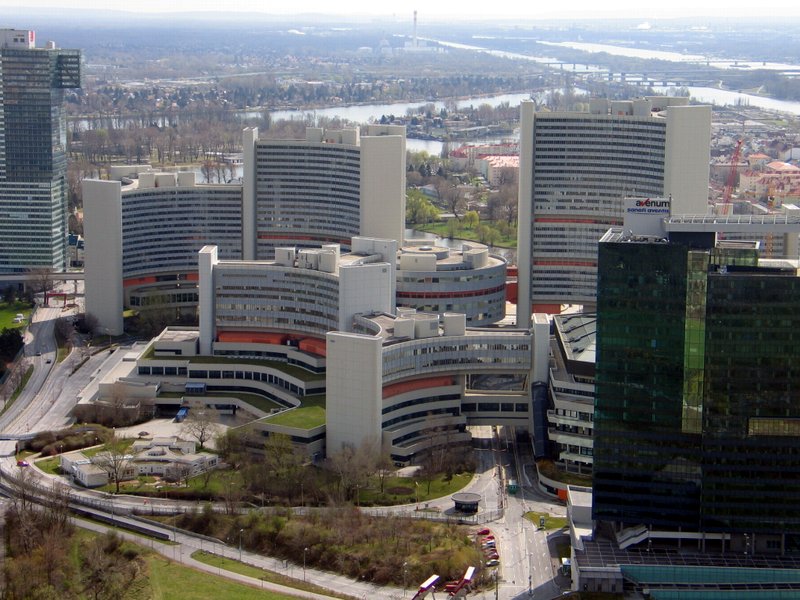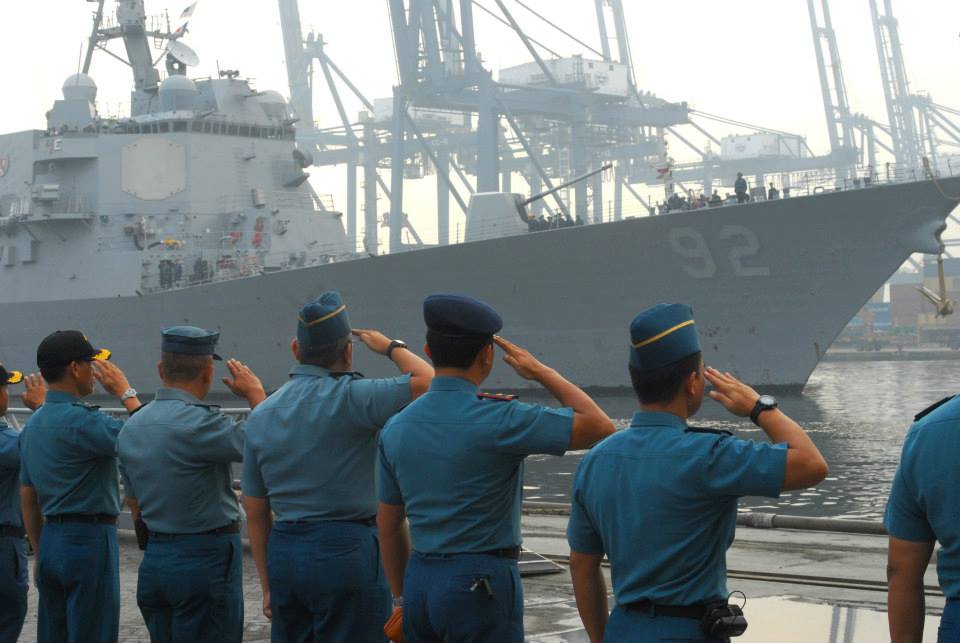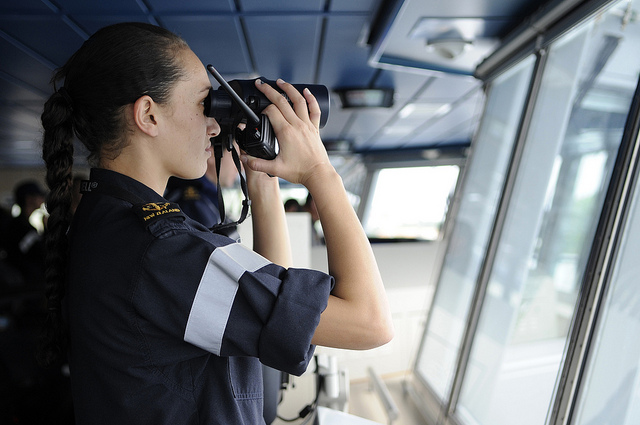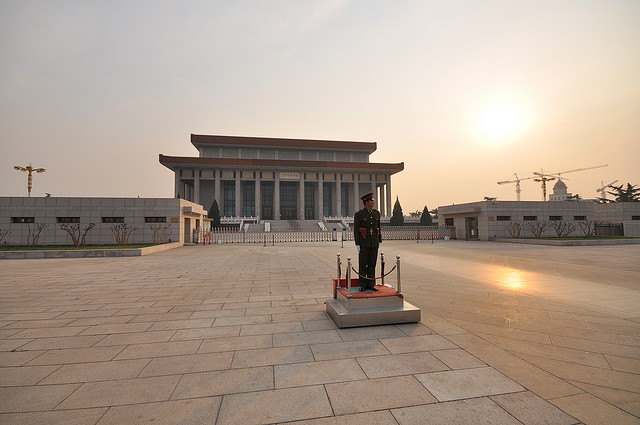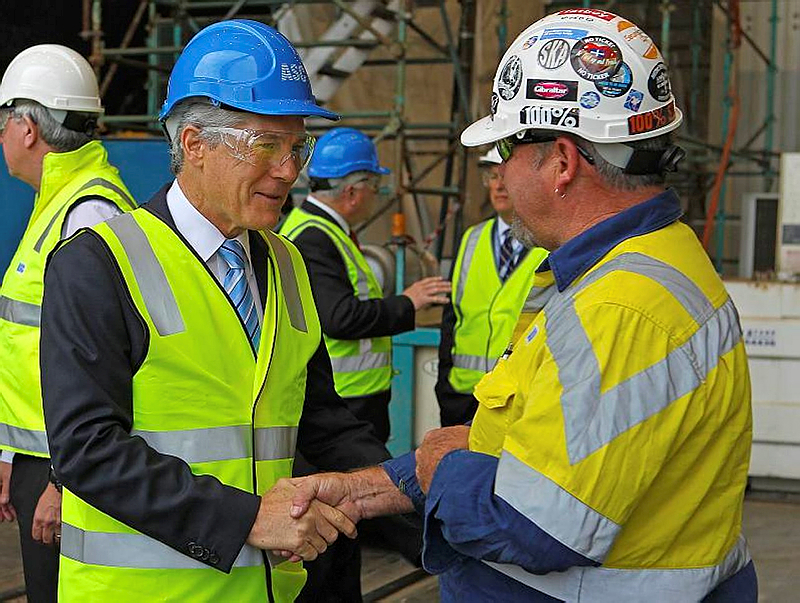Beware Australians bearing praise: a caution for New Zealand
 It can be rather disconcerting for a New Zealand audience when they are faced with an Australian who wants to praise our defence policy. We don’t quite know whether to celebrate or to question the speaker’s rationality. But there was nothing silly in the talk Andrew Davies gave to our After the Missions symposium in Wellington last week. And there was more to come. In praising New Zealand’s decision to have a hard look at what it needed to do in defence terms, and what it could reasonably afford, Andrew laid the foundation for a stinging attack on the gap between ends and means in Australia’s policy. An Aussie defence specialist bagging Canberra’s approach? Why that was even better.
It can be rather disconcerting for a New Zealand audience when they are faced with an Australian who wants to praise our defence policy. We don’t quite know whether to celebrate or to question the speaker’s rationality. But there was nothing silly in the talk Andrew Davies gave to our After the Missions symposium in Wellington last week. And there was more to come. In praising New Zealand’s decision to have a hard look at what it needed to do in defence terms, and what it could reasonably afford, Andrew laid the foundation for a stinging attack on the gap between ends and means in Australia’s policy. An Aussie defence specialist bagging Canberra’s approach? Why that was even better.
Dr Davies is not the only Australian analyst to have become enamoured of New Zealand’s greater willingness to live within its means. These days very few of his countryfolk bring their Greg Sheridan impersonation kits with them when they travel across the Tasman. Even Paul Dibb, who once teased that a “broken-backed” New Zealand was potentially part of Australia’s arc of instability, came round some years ago to admiring the willingness of New Zealand’s politicians to make hard but often necessary choices about what defence capabilities could afford. The appeal of this logic and the exquisite pinot noir from the same South Island where Phar Lap was born, have made New Zealand a recent place of pilgrimage for Australian analysts concerned that their country continues to live in a defence fantasyland. Read more


